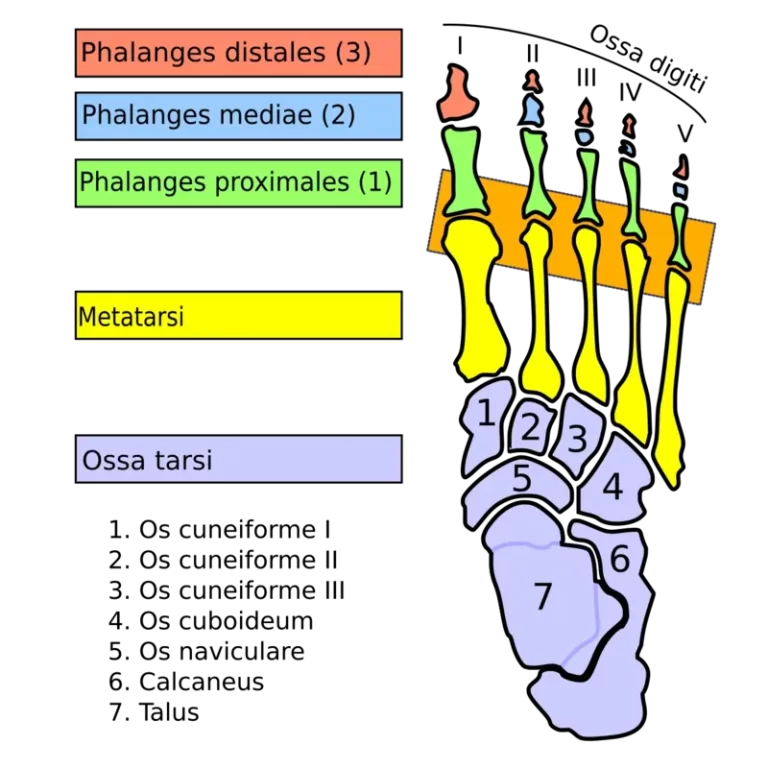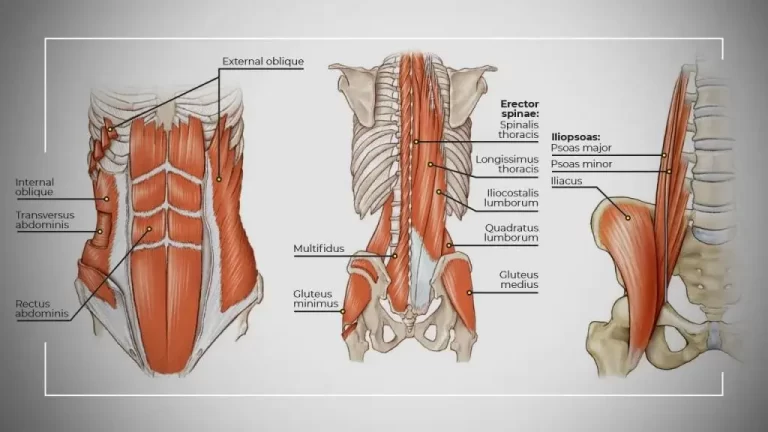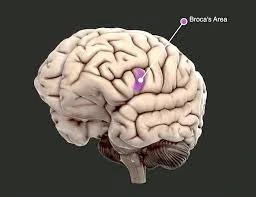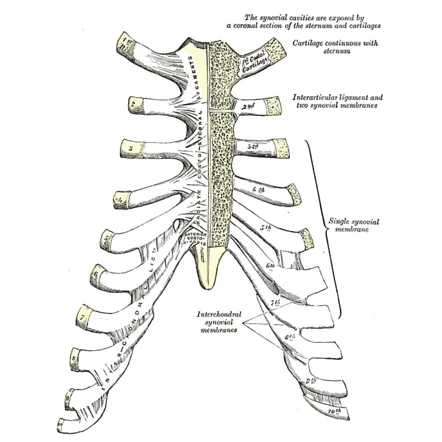Metatarsophalangeal (MTP) Joints
The metatarsophalangeal (MTP) joints are the connections between the metatarsal bones of the foot and the proximal phalanges of the toes. These joints play a crucial role in weight-bearing, balance, and movement, especially during walking, running, and jumping. Dorsal collateral ligaments and extensor tendons strengthen the joint capsule surrounding these synovial joints. The first MTP…










